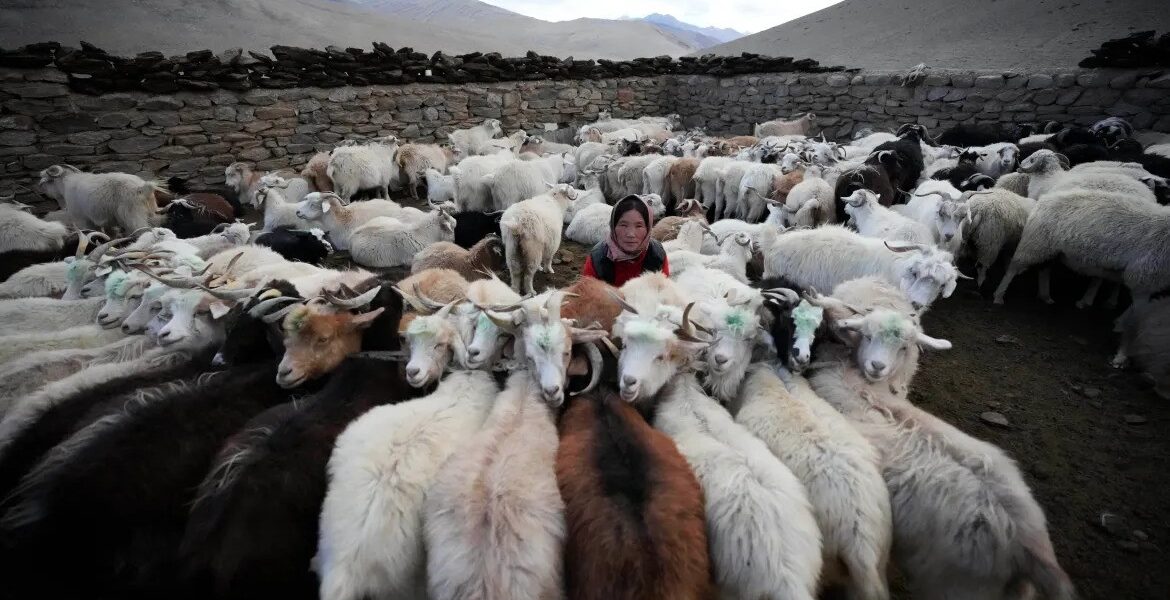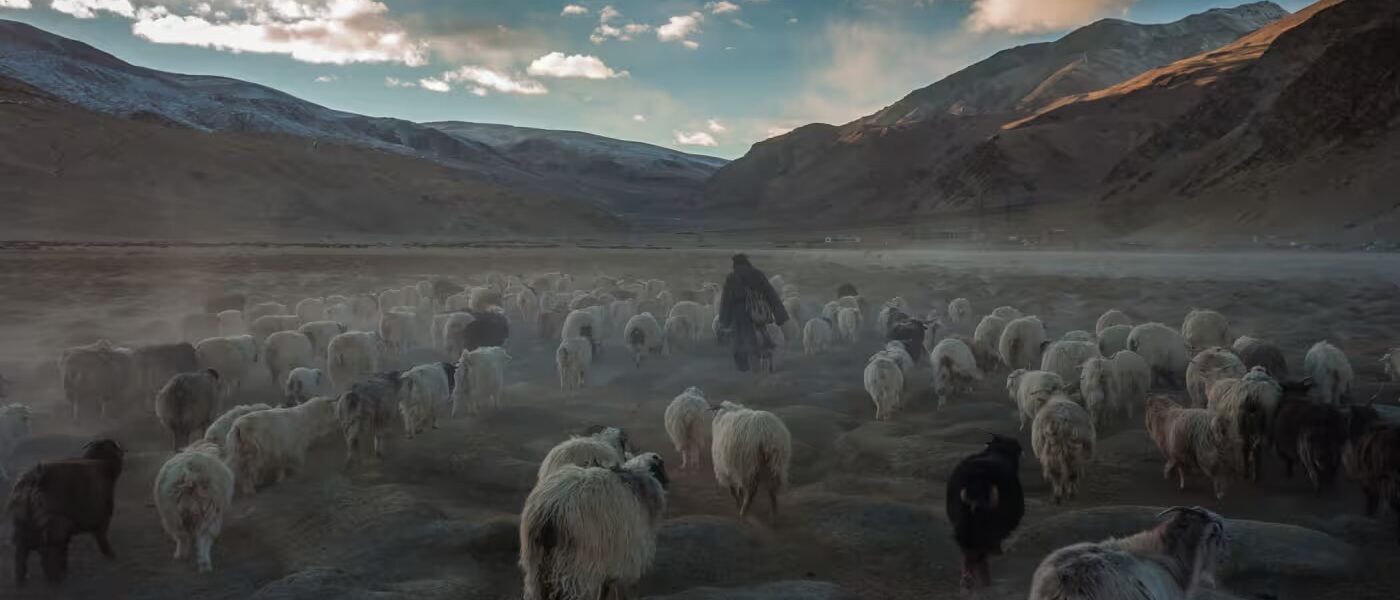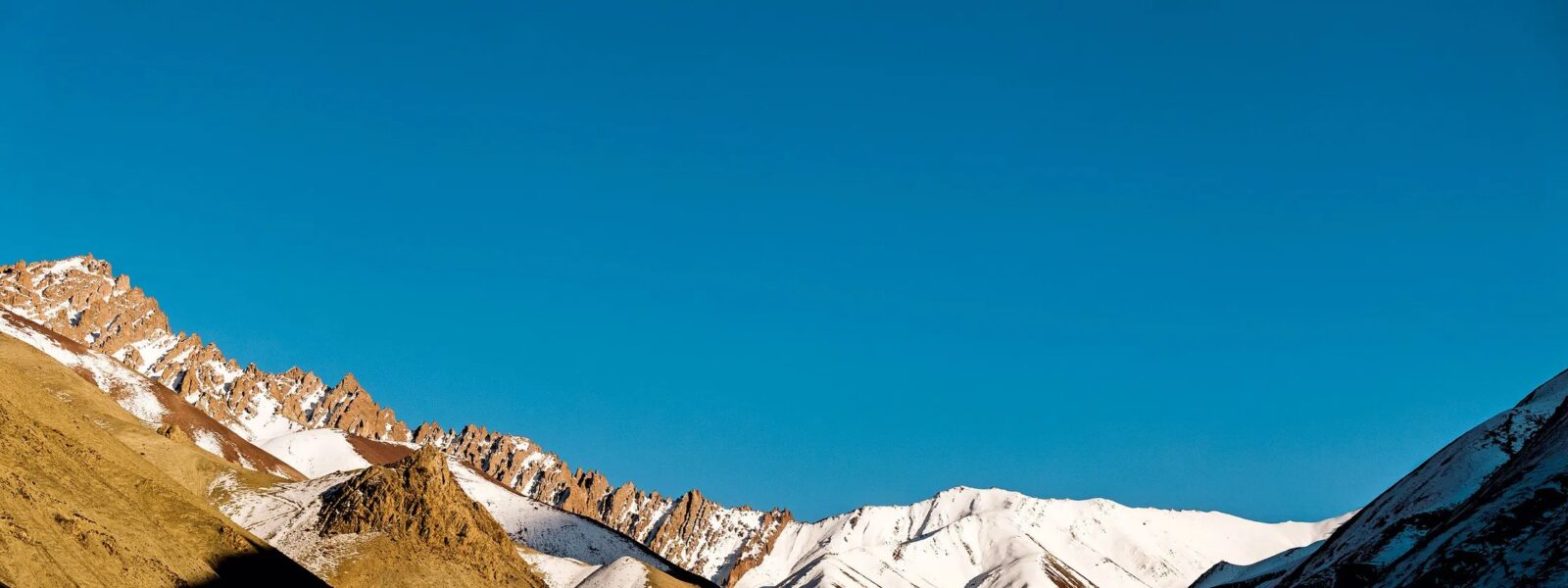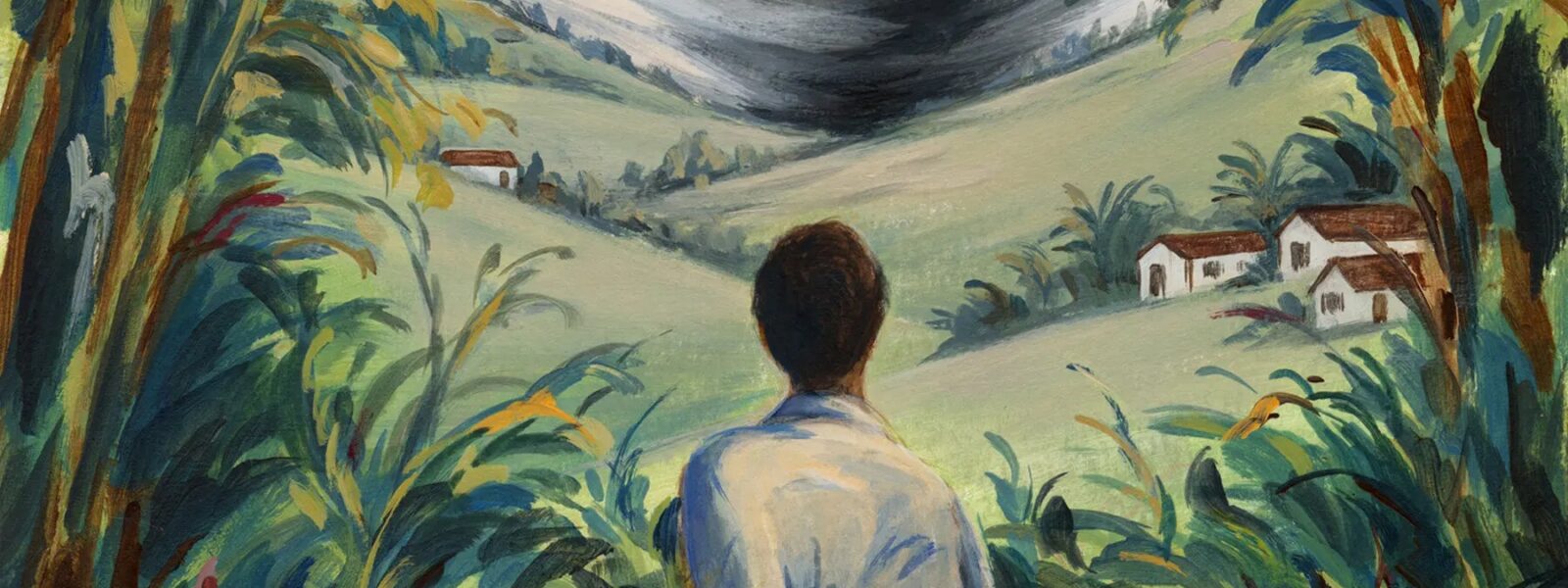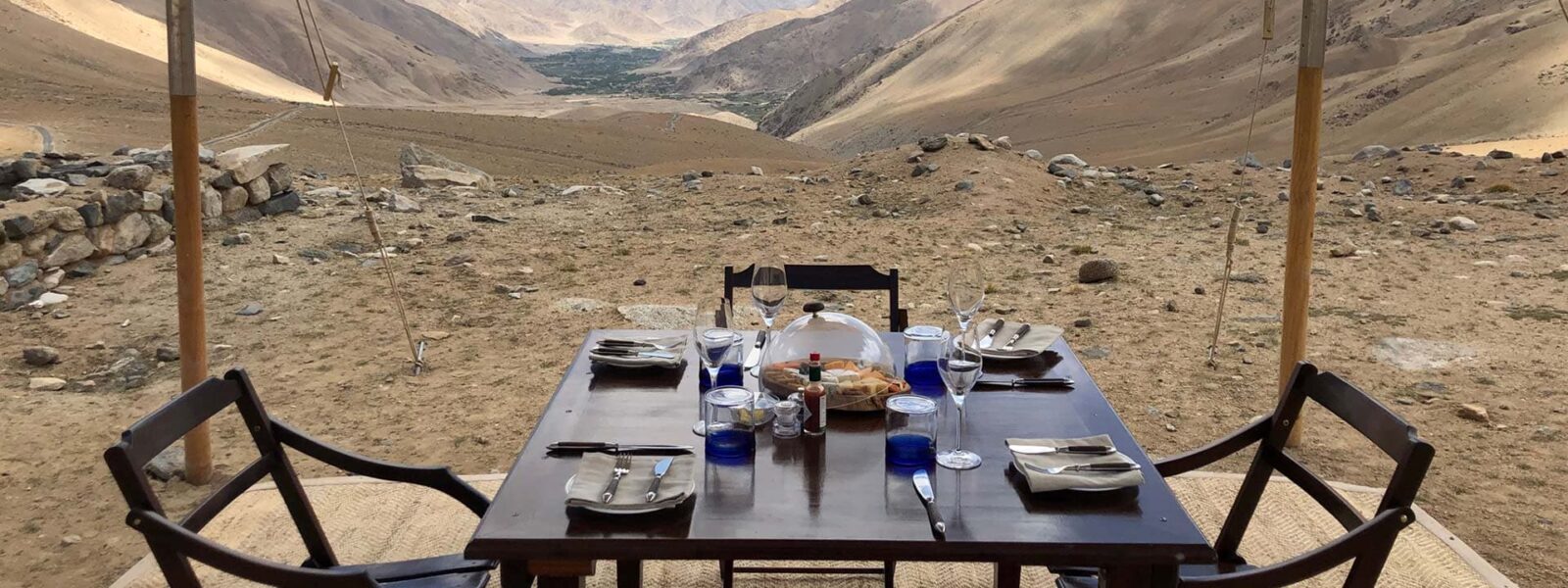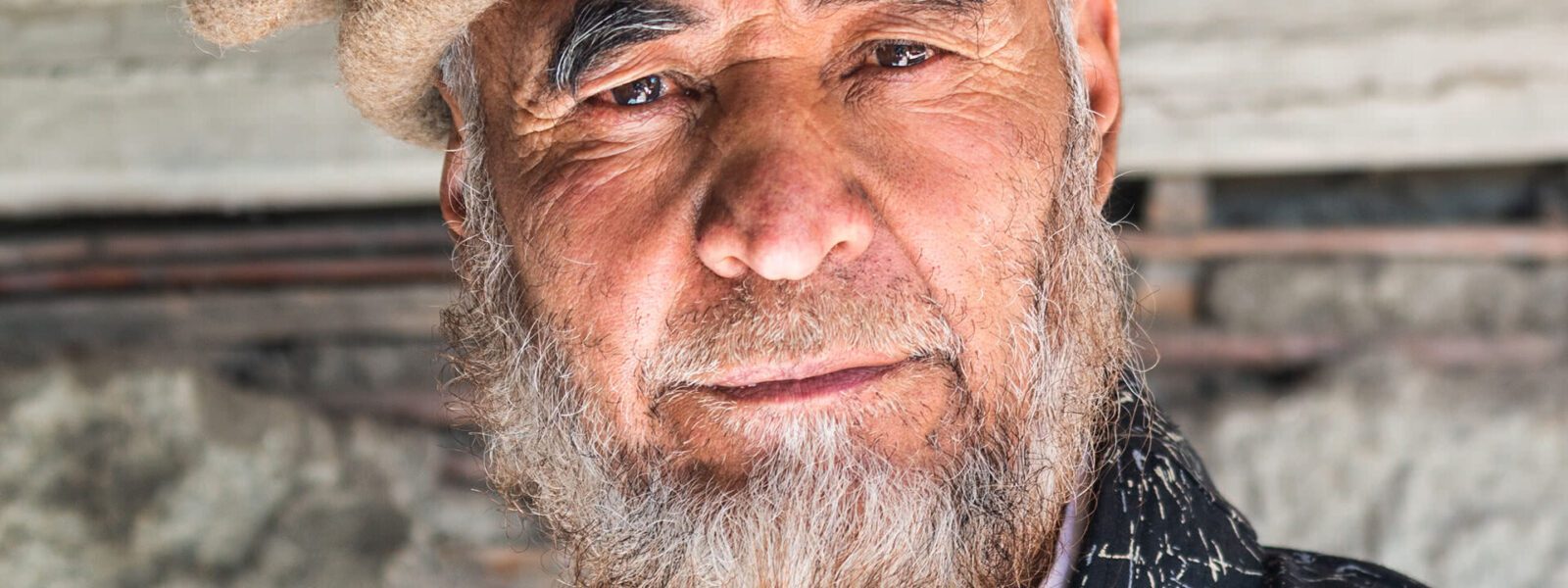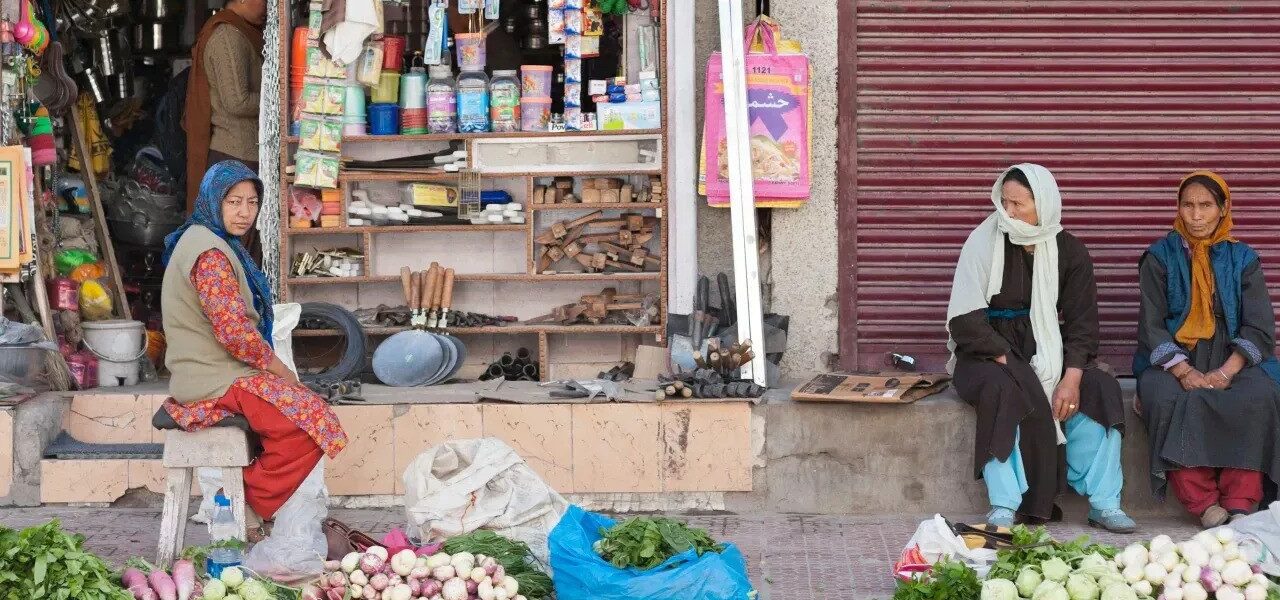Sonam Wangchuk Delhi Chalo March, led by the renowned engineer, environmentalist, and education reformer from Ladakh, is his latest mission to raise awareness about climate change. This time, he is walking from Ladakh to Delhi in the Delhi Chalo March, a movement that highlights the environmental crisis in Ladakh and the Himalayas. His march serves as a call to action for the Indian government and the global community to take urgent steps to protect one of the most fragile ecosystems in the world.
Who is Sonam Wangchuk? The Man Behind the Movement
Sonam Wangchuk: The Inspiration Behind 3 Idiots
Sonam Wangchuk is not only a climate activist but also a visionary innovator whose life inspired the character Phunsukh Wangdu in the Bollywood hit film 3 Idiots. As an engineer and an advocate for sustainable living, Wangchuk has become a symbol of change in the Himalayan region. His practical, eco-friendly solutions have earned him global recognition, but his roots remain in Ladakh, where he has worked tirelessly to improve education and environmental conditions.
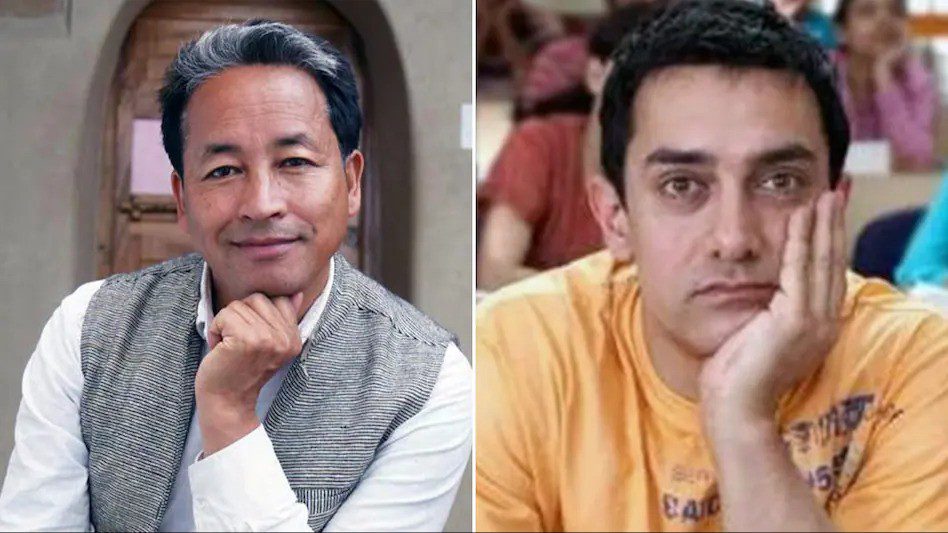
Founder of SECMOL: Building Sustainable Education Systems in Ladakh
In 1988, Wangchuk founded SECMOL (Students’ Educational and Cultural Movement of Ladakh), an innovative educational organization dedicated to promoting sustainable living and eco-friendly practices. SECMOL focuses on preparing Ladakhi students for a future where they can both preserve their unique culture and embrace modern sustainability. The campus itself is solar-powered and designed to operate off the grid, a testament to Wangchuk’s philosophy of self-sufficiency and environmental responsibility.

What is the Delhi Chalo March?
The Purpose of Walking from Ladakh to Delhi
Sonam Wangchuk’s Delhi Chalo March is no ordinary journey. Covering hundreds of kilometers from Ladakh to Delhi, Wangchuk’s walk symbolizes a commitment to environmental protection, calling attention to the catastrophic effects of climate change in Ladakh and the greater Himalayan region. The objective of this march is to raise awareness of the urgent need for climate action, especially in fragile ecosystems that are most vulnerable to global warming.
Wangchuk aims to deliver a strong message to the Indian government about the dire need for sustainable policies that protect the region from overdevelopment, pollution, and water shortages. By walking this vast distance, Wangchuk is not only making a physical sacrifice but also demonstrating the resilience and dedication required to tackle the climate crisis.
Sonam Wangchuk’s Climate Action Protest for Ladakh and the Himalayas
The Delhi Chalo March is focused on the climate challenges facing Ladakh and the Himalayas. Over the years, Wangchuk has been a staunch advocate for the protection of Ladakh’s natural resources, including its glaciers, which are rapidly melting due to global warming. Ladakh’s water crisis has been exacerbated by the melting glaciers, and local communities are now struggling to access enough water for agriculture and daily needs. This march is a protest against inaction, a way to push both the public and policymakers toward implementing effective climate solutions before it’s too late.
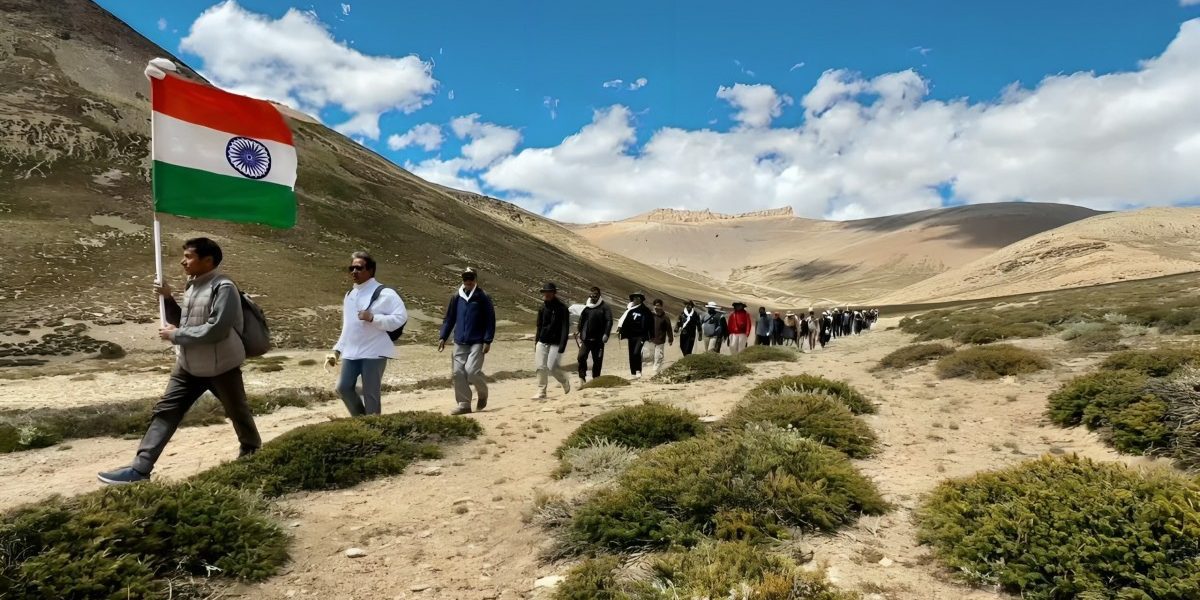
Why is Ladakh Important for Global Climate Action?
Ladakh’s Fragile Ecosystem: A Climate Change Hotspot
Ladakh is one of the most sensitive regions when it comes to climate change. With its unique geography and high-altitude deserts, Ladakh faces extreme environmental challenges. Rising temperatures have caused glaciers to retreat at an alarming rate, affecting not just Ladakh but the entire Indian subcontinent, which relies on glacier-fed rivers for fresh water.
Key Climate Challenges in Ladakh
| Climate Challenge | Impact on Ladakh |
|---|---|
| Melting Glaciers | Reduced water supply, disrupted farming |
| Rising Temperatures | Desertification, loss of biodiversity |
| Unpredictable Weather Patterns | Crop failures, unstable ecosystems |
By highlighting Ladakh as a climate change hotspot, Wangchuk’s Delhi Chalo March aims to bring global attention to the Himalayan region, emphasizing that saving Ladakh is crucial for maintaining the ecological balance not just in India but across the world.
Ladakh’s Water Crisis and Climate Change
The melting of glaciers has led to severe water shortages in Ladakh, especially during the summer months when farmers depend on glacier-fed streams to irrigate their crops. Wangchuk has previously worked on solutions like the Ice Stupa Project to address this crisis, but these solutions alone are not enough to counter the devastating impact of climate change. His march serves as a wake-up call to the government and the public to take serious, coordinated action to mitigate these effects before it’s too late.
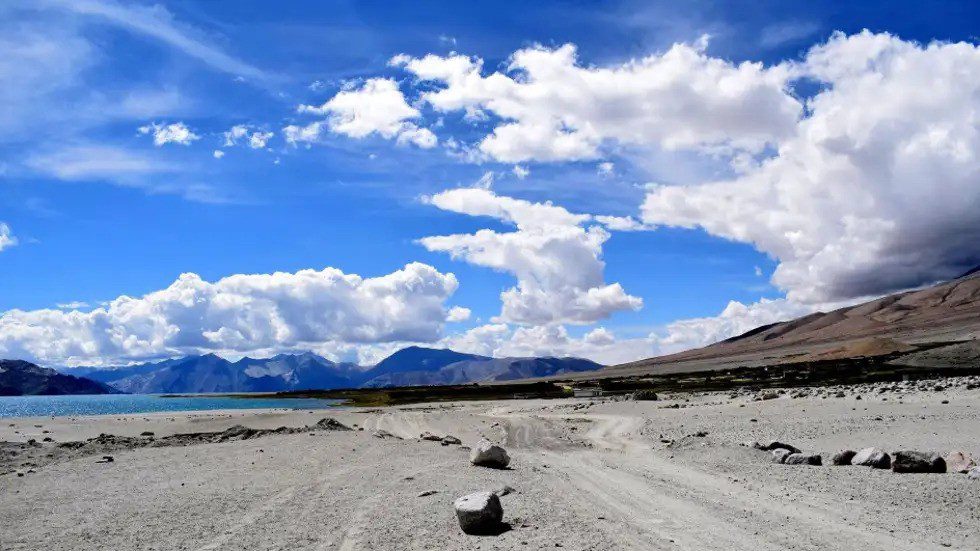
The Route of the Delhi Chalo March: From Ladakh to Delhi
The Significance of Walking: A Symbol of Resilience
Walking from Ladakh to Delhi is not just a physical journey; it’s a powerful symbol of resilience. By choosing to walk, Wangchuk is showing the world that change comes not from comfort but from commitment and sacrifice. His walk mirrors the slow yet steady pace of real change, urging us to walk the path of sustainability, no matter how difficult it may seem.
Key Stops Along the Way: Engaging Local Communities
During his journey, Sonam Wangchuk plans to stop in key locations to engage with local communities, students, environmental activists, and the media. Each stop offers an opportunity to spread his message of sustainability and climate action. Wangchuk aims to inspire the next generation of climate activists, encouraging them to adopt eco-friendly practices and take ownership of their environment.
Major Stops Along the Delhi Chalo March
| Location | Activities Planned |
|---|---|
| Leh, Ladakh | Community gatherings, educational talks |
| Manali, Himachal | Meetings with environmentalists, press briefings |
| Chandigarh | Engagement with students, social media outreach |
| Delhi | Presentation of demands to policymakers |
Sonam Wangchuk’s Past Environmental Initiatives
The Ice Stupa Project: A Solution to Ladakh’s Water Problems
One of Sonam Wangchuk’s most innovative contributions to Ladakh’s water crisis is the Ice Stupa Project, a method of storing winter water in the form of artificial glaciers that can be used during the summer months. This project has helped many Ladakhi villages cope with water shortages during the growing season, and it exemplifies Wangchuk’s ability to blend traditional knowledge with modern innovation.
Promoting Solar Energy in Ladakh
Wangchuk has been a champion of solar energy for years. His SECMOL campus is powered entirely by solar energy, and he has promoted the use of solar heating and electricity across Ladakh. Through his advocacy, Ladakh is becoming a model of renewable energy use, with many villages adopting solar power to reduce their reliance on fossil fuels.
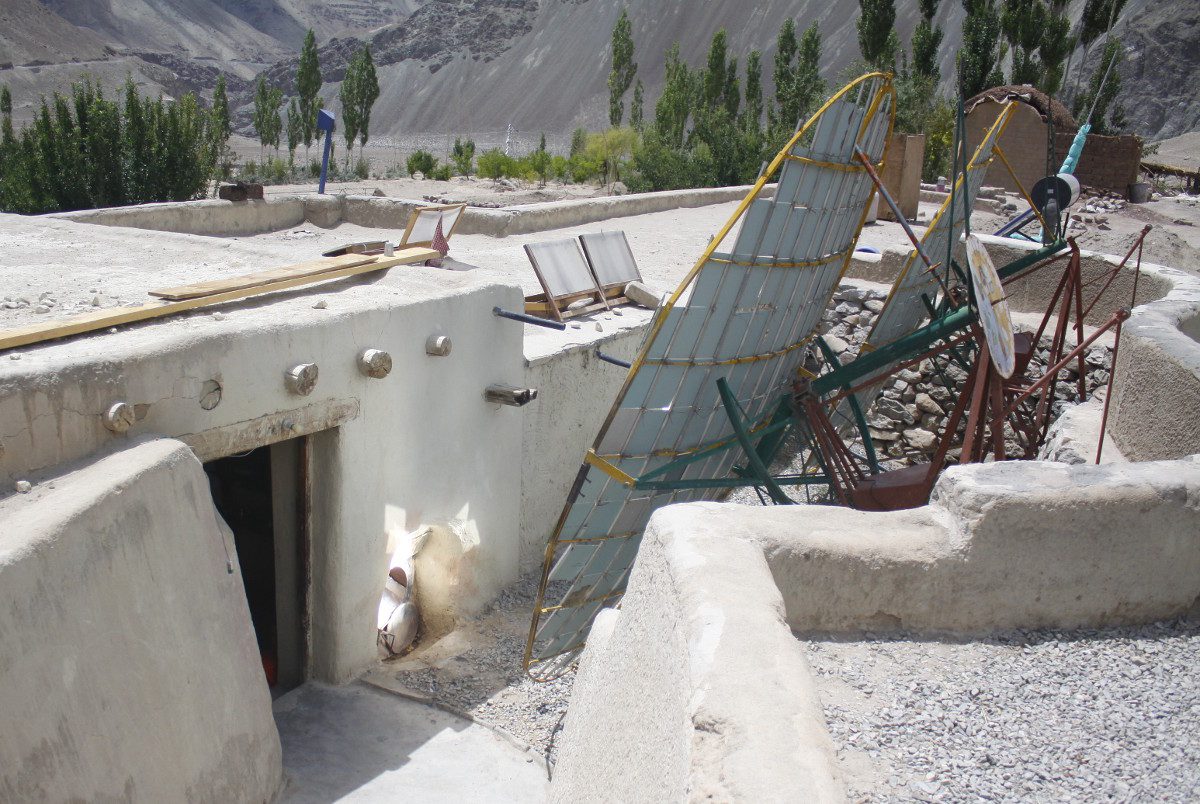
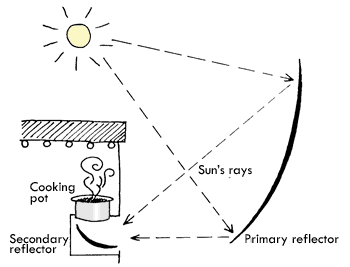
How Sonam Wangchuk’s March Ties Into Global Climate Movements
Aligning With International Climate Goals
Sonam Wangchuk’s climate activism aligns with international efforts like the Paris Agreement and the United Nations Sustainable Development Goals (SDGs). His Delhi Chalo March reflects the urgency of addressing climate change on a global scale, pushing for action that meets the targets set by these international agreements. Wangchuk’s grassroots activism shows that local efforts are crucial to achieving global climate goals.
Inspiring Youth and Local Communities to Take Action
Wangchuk’s march isn’t just about policy changes; it’s about inspiring people—especially the youth—to become active participants in the fight against climate change. By engaging with communities along the way, he is encouraging a shift in mindset, motivating people to adopt sustainable practices in their daily lives and to be vocal advocates for climate action.
Sonam Wangchuk’s Message to the Indian Government and the World
Urgent Policy Changes Needed to Protect Ladakh and the Himalayas
Through his march, Wangchuk is demanding that the Indian government take immediate and decisive action to protect Ladakh’s environment. His policy recommendations include greater protections for fragile ecosystems, better water management strategies, and restrictions on harmful development projects that threaten Ladakh’s natural beauty and biodiversity.
Global Appeal for Immediate Climate Action
Wangchuk’s message extends beyond India. He calls on world leaders to recognize the urgency of the climate crisis and to take aggressive steps toward mitigating its impacts. His march serves as a reminder that the climate crisis is a global issue that requires both local and international cooperation to solve.
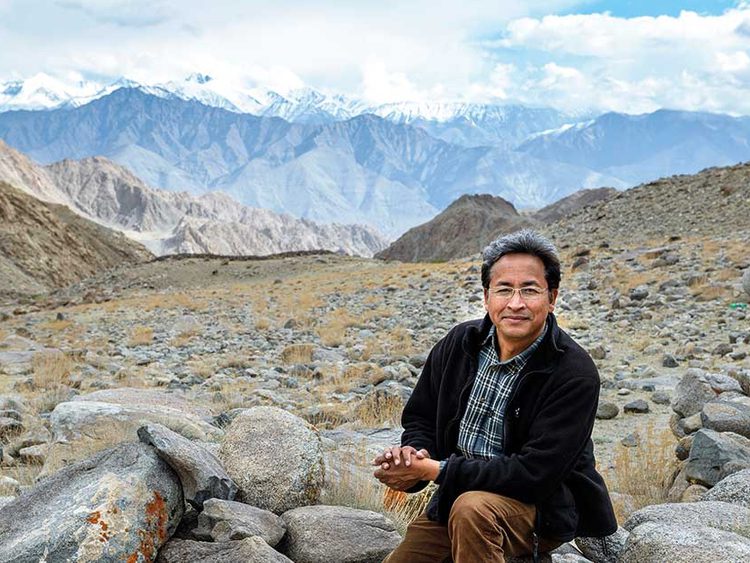
Public and Media Support for the Delhi Chalo March
How Social Media Amplifies Sonam Wangchuk’s Message
Social media has played a significant role in amplifying the message of the Delhi Chalo March. Wangchuk has used platforms like Twitter and Instagram to provide real-time updates about his journey, garnering support from people all over the world. His message has gone viral, with hashtags like #DelhiChaloMarch trending and drawing attention to the cause.
Media Coverage and Public Response to the Delhi Chalo March
The media has also taken a keen interest in Wangchuk’s march, with several prominent news outlets covering the event. Public response has been overwhelmingly positive, with many praising Wangchuk for his dedication and selflessness. Environmentalists, celebrities, and policymakers have expressed their support, turning the march into a national conversation about climate action.
How You Can Support Sonam Wangchuk’s Climate Action Movement
Ways to Contribute to Environmental Causes in Ladakh
You can support Sonam Wangchuk’s mission by donating to environmental organizations working in Ladakh, spreading awareness about the climate crisis, and adopting eco-friendly practices in your own life. Organizations like SECMOL are doing vital work in promoting sustainable development, and they rely on public support to continue their efforts.
Joining the Fight Against Climate Change in Your Community
Even if you’re not in Ladakh, you can join the fight against climate change by making small but meaningful changes in your daily life. Reduce your carbon footprint, support renewable energy, and advocate for sustainability in your community. Every action counts, and together, we can make a difference.
FAQs on Sonam Wangchuk’s Delhi Chalo March
Why is Sonam Wangchuk walking from Ladakh to Delhi?
Sonam Wangchuk is walking from Ladakh to Delhi to raise awareness about the impact of climate change on Ladakh’s fragile ecosystem and to urge the Indian government to take immediate action.
What is the purpose of the Delhi Chalo March?
The Delhi Chalo March aims to bring attention to the environmental crisis facing the Himalayan region, especially the melting glaciers and water shortages affecting Ladakh.
How can I follow the progress of the Delhi Chalo March?
You can follow Sonam Wangchuk’s journey through his official social media channels where he regularly posts updates, or through media outlets covering the march.
How can I support Sonam Wangchuk’s climate action efforts?
You can support by donating to environmental initiatives in Ladakh, spreading awareness about the cause, and participating in local or global climate action campaigns.
What is SECMOL and how is it related to this movement?
SECMOL is an educational organization founded by Sonam Wangchuk that promotes sustainable living and eco-friendly practices in Ladakh. It reflects the values he is advocating for through the march.
What are some past environmental projects by Sonam Wangchuk?
Sonam Wangchuk is known for several innovative projects such as the Ice Stupa project and the promotion of solar energy in Ladakh, all aimed at tackling climate change.

Q&A Section
Q: What are the main goals of Sonam Wangchuk’s Delhi Chalo March?
A: The march aims to raise awareness about the impact of climate change in Ladakh, promote sustainable policies, and urge the Indian government to take action on environmental conservation.
Q: How long will the Delhi Chalo March take?
A: The march covers hundreds of kilometers from Ladakh to Delhi. The duration of the journey depends on various factors, including stops for public engagements.
Q: Has Sonam Wangchuk been involved in similar initiatives before?
A: Yes, Wangchuk is known for environmental projects like the Ice Stupa and his advocacy for renewable energy in Ladakh.
Q: How can the public contribute to this cause?
A: The public can donate to organizations like SECMOL, spread awareness, adopt eco-friendly practices, and engage in climate activism in their communities.
Q: What makes Ladakh crucial in the fight against climate change?
A: Ladakh’s fragile ecosystem is highly sensitive to climate change, with melting glaciers affecting water resources and agriculture. It serves as a climate change hotspot, highlighting the global impact of environmental degradation.
Q: What message does Sonam Wangchuk hope to send to policymakers?
A: Wangchuk urges policymakers to prioritize sustainable development, protect fragile ecosystems, and implement policies that mitigate the impact of climate change, especially in vulnerable regions like Ladakh.
Conclusion: Sonam Wangchuk’s March for Climate Justice
Sonam Wangchuk’s Delhi Chalo March is more than just a journey—it is a movement that calls for climate justice, environmental sustainability, and a future where the fragile ecosystems of Ladakh and the Himalayas are protected. As the effects of climate change become more evident, Wangchuk’s march serves as a beacon of hope, urging us all to take action before it’s too late.


